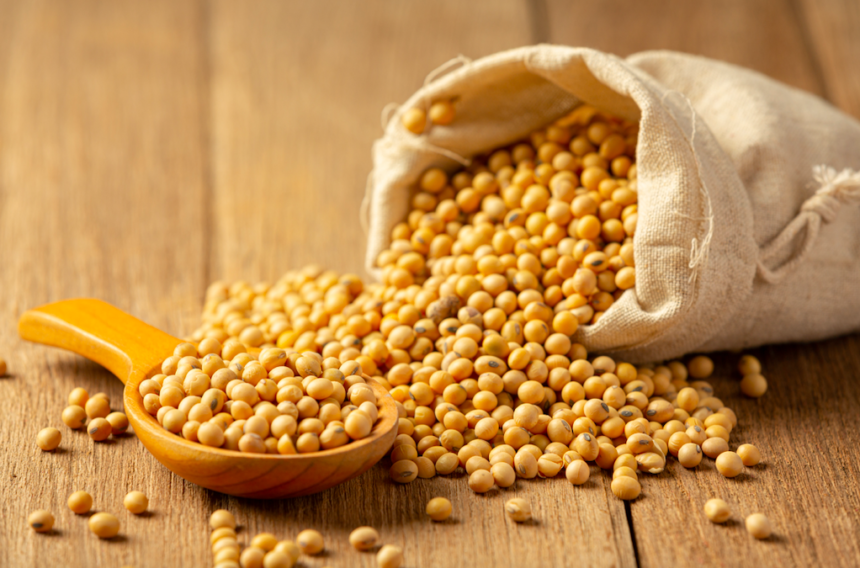Soybeans are a versatile and nutritious crop with various uses, ranging from human consumption to animal feed and industrial applications. If you’re considering growing soybeans in South Africa, here are ten important things you should know to maximize your chances of success:
- Climate and Season: Soybeans are warm-season crops that require a frost-free period and prefer temperatures between 20°C and 30°C. In South Africa, soybeans are typically grown in summer or early spring, depending on the specific region and climate.
- Variety Selection: Choose soybean varieties that are adapted to your local climate and growing conditions. There are different soybean varieties available, each with specific traits such as maturity, yield potential, disease resistance, and suitability for specific regions. Consult local agricultural extension services or seed suppliers to select the most appropriate varieties for your area.
- Soil Preparation: Soybeans prefer well-drained, fertile soils with good water-holding capacity. Prepare the soil by removing weeds, incorporating organic matter (such as compost), and ensuring adequate soil fertility. Conduct a soil test to determine nutrient deficiencies and make appropriate amendments.
- Seed Selection and Treatment: Use high-quality soybean seeds from reputable sources. Consider treating the seeds with fungicides or inoculants to protect against seed-borne diseases and promote nitrogen fixation by beneficial bacteria. Seed treatment can enhance seedling emergence and early growth.
- Planting and Spacing: Soybeans can be planted either by drilling or using row planters. Determine the optimal planting date based on your region’s climate and soil conditions. Aim for a plant population that allows for proper spacing and airflow, typically around 150,000 to 250,000 plants per hectare.
- Fertilization: Soybeans have specific nutrient requirements for optimal growth and yield. Conduct a soil test to assess nutrient levels and apply fertilizers accordingly. Pay special attention to phosphorus and potassium, as soybeans have high demands for these nutrients. Nitrogen fixation by rhizobia bacteria in the root nodules can reduce the need for nitrogen fertilizer.
- Weed Control: Weed competition can significantly impact soybean yields. Implement effective weed control measures, including pre-emergence and post-emergence herbicides, cultivation, and manual weeding. Early weed control is crucial to prevent weed establishment and competition with young soybean plants.
- Disease and Pest Management: Soybeans can be susceptible to various diseases and pests, including soybean rust, stem canker, aphids, and caterpillars. Implement integrated pest and disease management strategies, including regular scouting, crop rotation, use of disease-resistant varieties, and targeted pesticide applications when necessary.
- Irrigation: Soybeans require adequate moisture during critical growth stages, such as flowering and pod development. Irrigation may be necessary, especially during dry spells or in areas with limited rainfall. Proper irrigation scheduling and water management practices can help optimize yields and reduce water usage.
- Harvesting and Storage: Harvest soybeans when the pods are fully mature and the moisture content has reached the desired level (around 13 to 15%). Timely harvesting is crucial to prevent yield losses due to shattering or weathering. Ensure proper drying and storage conditions to maintain seed quality and minimize post-harvest losses.
By considering these ten crucial factors before growing soybeans in South Africa, you’ll be better prepared to cultivate a successful crop. Remember to stay updated on the latest research and agronomic practices specific to soybean cultivation in your region. With proper care, attention, and adherence to recommended practices, you can enjoy a productive soybean harvest and reap the benefits of this valuable crop.
Image by jcomp on Freepik







